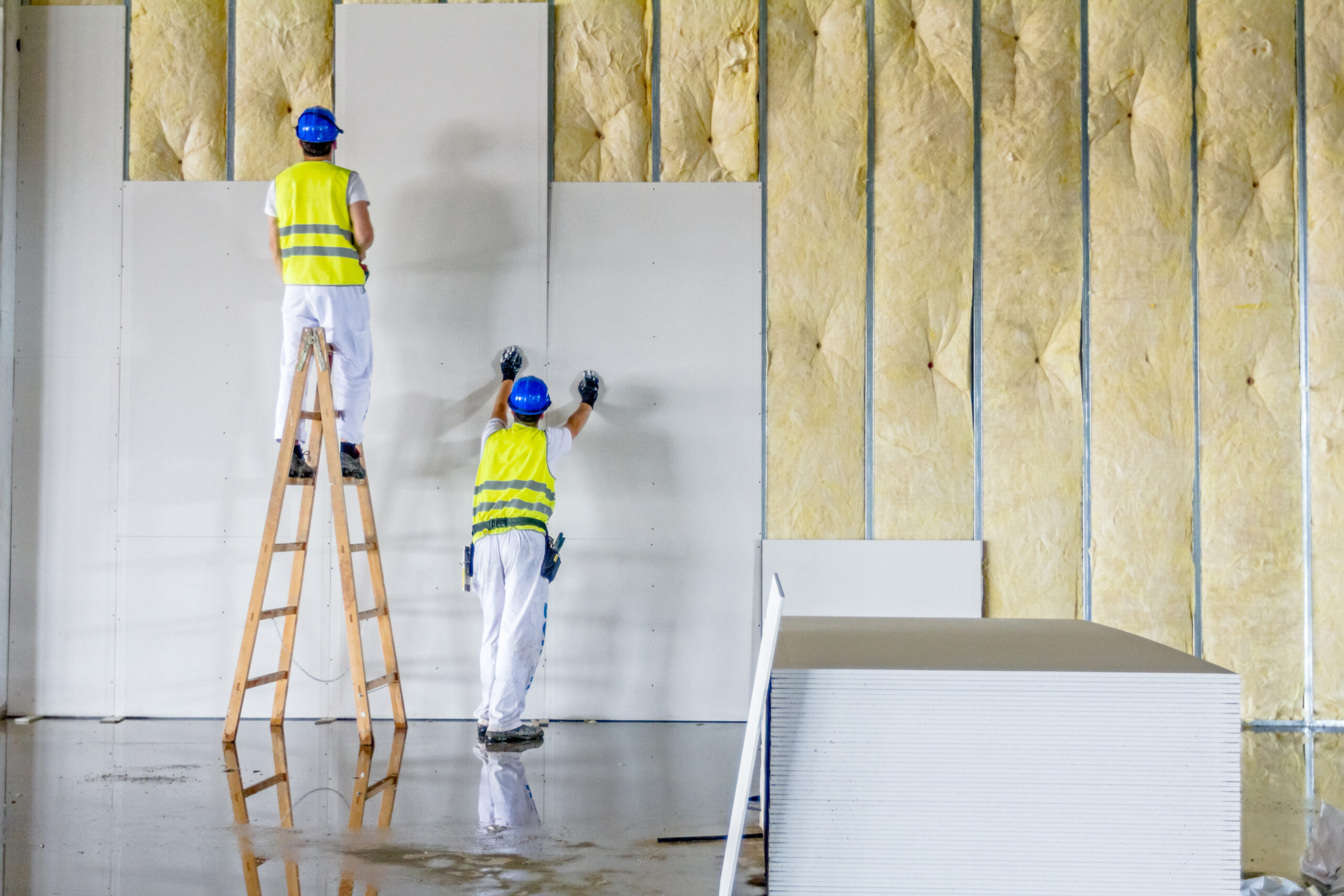
Understanding Building Envelope Failure: Why It Matters for Your Home or Business
When it comes to building performance, few concepts are more fundamental—or more overlooked—than the building envelope. It’s your structure’s first line of defense against the elements. But when that envelope fails, the effects can be silent, slow, and devastating. From persistent moisture problems to reduced energy efficiency, building envelope failure can cause lasting damage. In this post, we’ll break down...
READ MORE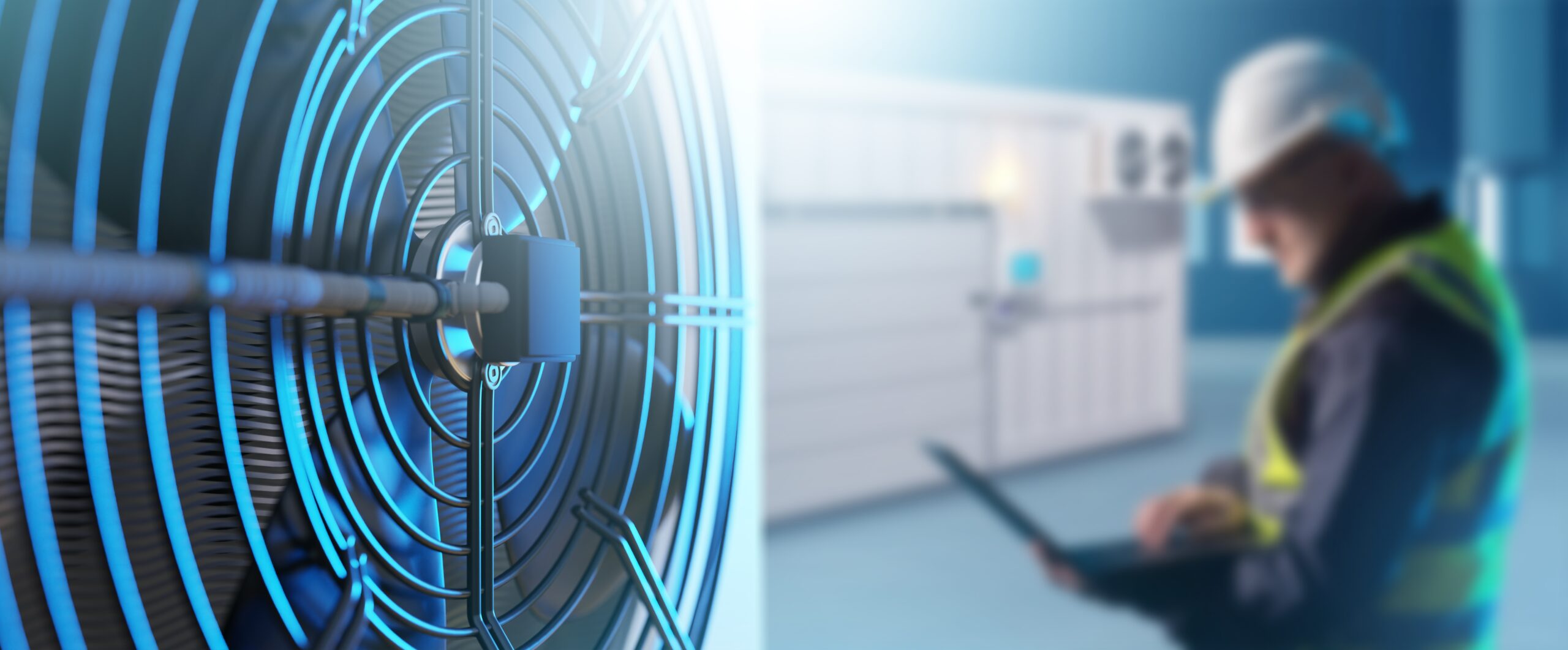
What is an Unbalanced HVAC system?
When your home’s heating and cooling system seems to be doing everything but keeping you comfortable, the culprit might not be your thermostat—or even the HVAC unit itself. The issue could lie in something less obvious but just as important: system balance. An unbalanced HVAC system isn’t just an inconvenience. It’s a building science issue that affects energy efficiency, indoor...
READ MORE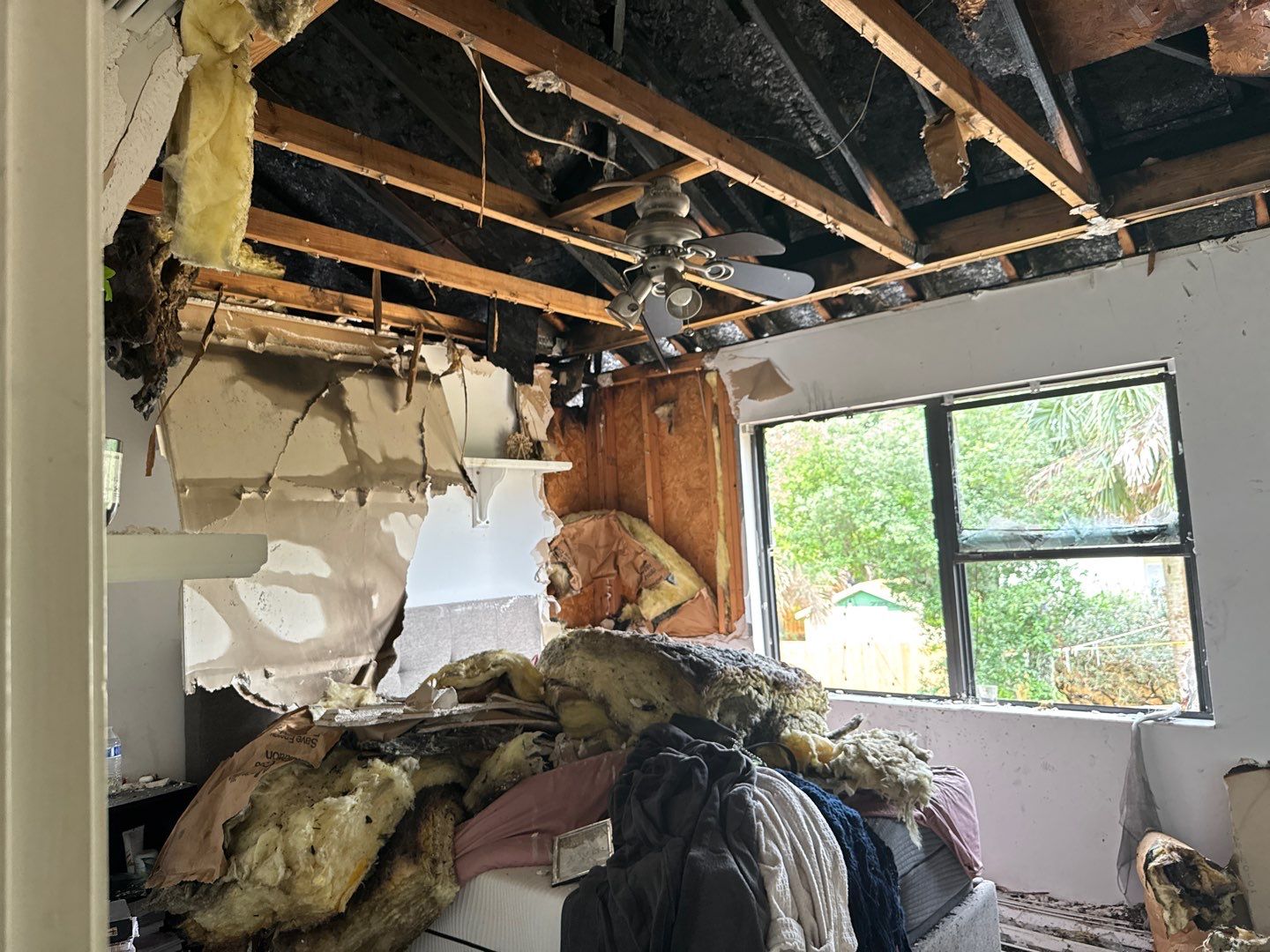
How Fire Damage Affects Indoor Air Quality and Building Health: What You Need to Know
When a fire hits your property, the immediate concerns are easy to spot—scorched walls, charred belongings, and the overwhelming smell of smoke. But the real danger might be what you can’t see. Even after the flames are extinguished and cleanup begins, fire damage can leave behind long-term threats to your indoor air quality (IAQ) and the overall health of your...
READ MORE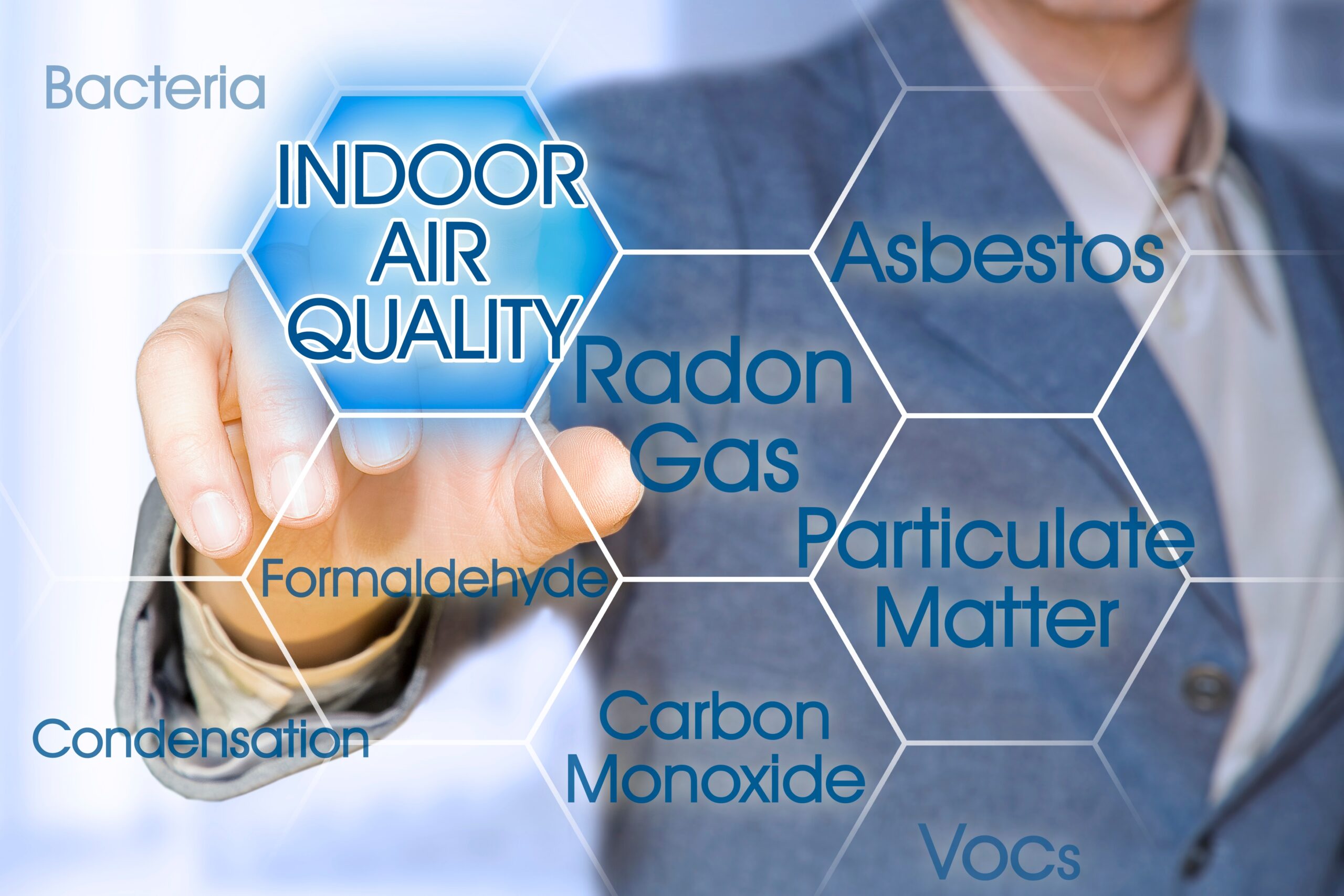
7 Building Mistakes That Wreck Indoor Air Quality (And How to Prevent Them)
When we talk about indoor air quality (IAQ), most people think about dust, odors, or maybe mold. But the truth is, many of the biggest threats to clean indoor air begin long before the first sneeze. They start during construction and design. Building science—the way we design, seal, ventilate, and maintain buildings—plays a major role in how healthy our indoor...
READ MORE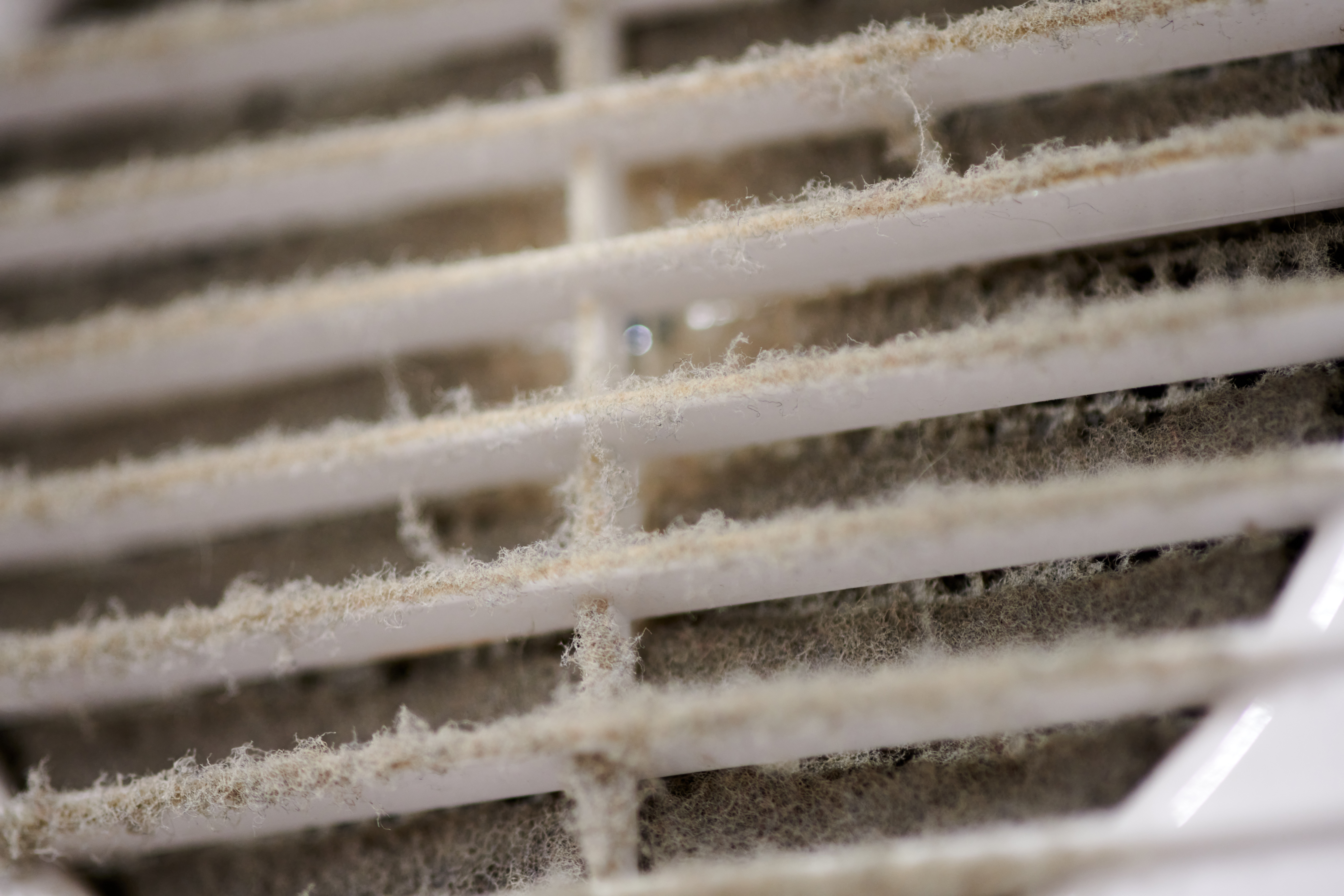
Should You Get Your Air Ducts Cleaned? Does It Really Improve Indoor Air Quality?
When it comes to maintaining a healthy home environment, indoor air quality is a crucial factor that often goes overlooked. One common question homeowners ask is whether getting their air ducts cleaned is truly beneficial or just an unnecessary expense. In our professional opinion, regular air duct cleaning can significantly benefit your home’s air quality and overall comfort. But is...
READ MORE

